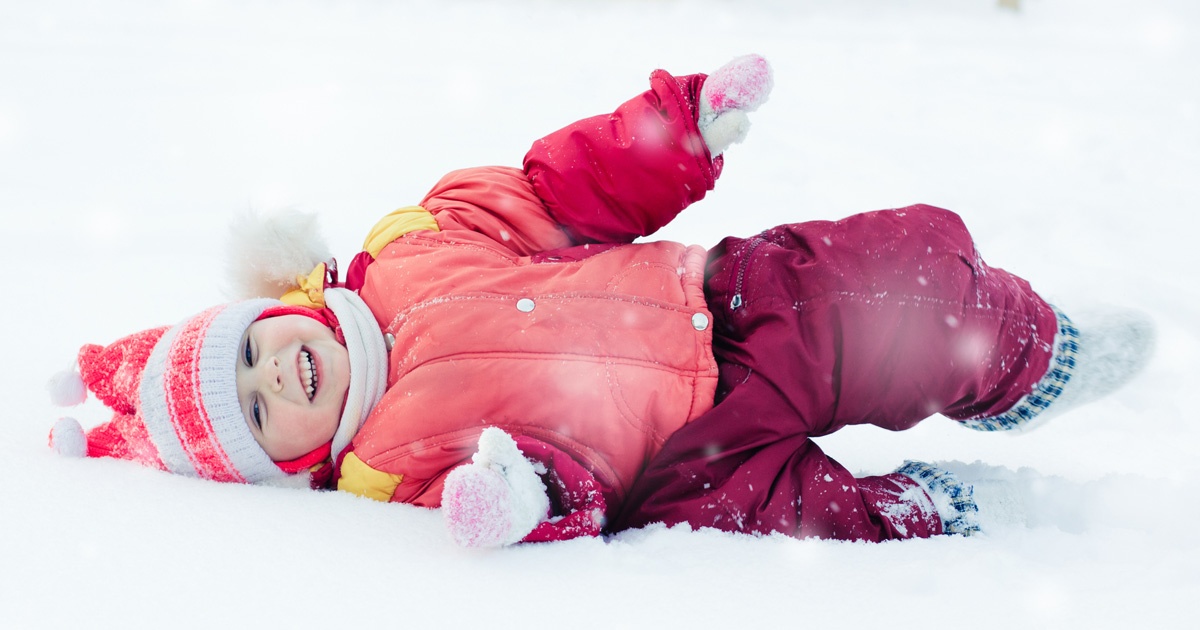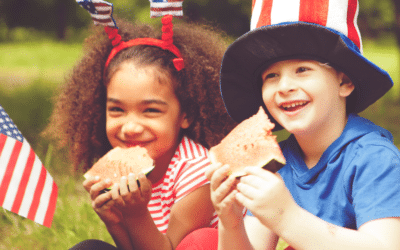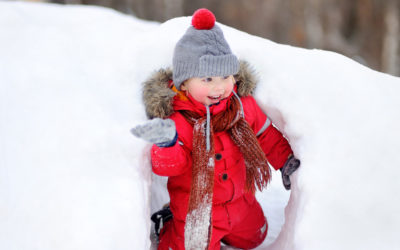Safety is a top priority for all parents. This is especially true if your child is on the autism spectrum, as there are several other factors to take into consideration. Since safety can look different depending on the season, in this post we’ll discuss winter safety for children on the autism spectrum.
The best thing to keep in mind is that the usual safety tips still apply, but the changes in environment in the cold season should play a factor in how you approach it with your child.
Bundling Up
Winter means plenty of bundling up. While this is a simple enough concept, it can be difficult to motivate your child into bundling as much as they should. First, there’s the issue of putting away clothes that are not appropriate for the weather. Some children will have a hard time with this transition, and you can start by explaining to them that those clothes are meant only for warmer weather, and as a matter of safety, the coats and other warm items must come out.
Once it’s time to get the coats, hats, and other items on- find a motivator that works best for your child, and reward them when they put on each item of clothing. Some parents even use points that they keep track of and tally for the child to earn bigger motivational rewards. It’s up to you and your child how much you decide to positively reinforce the desired behavior. If putting on the coat bothers your child, try breaking it into steps starting with one arm in and one arm out of the coat. Getting them used to the sensation of the clothing early can make a world of difference.
Choose the Fun Carefully
Many children love to play outside, and while you can certainly encourage this, in the cold, it’s important to balance the way your child is engaging in winter fun inside and out. Indulge your child’s desire to play outdoors by letting them enjoy it in short and scheduled blocks of time. Break up this time with time for warming up indoors.
While it can be difficult to motivate your child to stop playing in the cold, try a historically effective motivator and instead of making them do a less preferred activity like chores or homework, have them engage in something of interest to them during these warm-up breaks. Ultimately, the fun has to be something that’s right for you and your family to ensure optimal safety and enjoyment.
Keep a Routine
It can be easy to break away from routine as the season changes and things move around. The best thing you can do for a child that thrives in routines and structure is to keep one year-round. Even if it’s winter break and there’s less to do by default, structuring your child’s days in a way they can expect and understand can make a world of difference.
This can help up their overall safety by staving off the desire to break from scheduled activities on their own, or even avoid tantrums and meltdowns. It also helps contribute to their safety by structuring prep time to bundle up into their schedule. Allow extra time for traveling, especially when there’s snow or ice on the ground.
Plan Ahead for the Next Cold Season
While you navigate this winter and learn your own points of frustration and challenge, make note of what does and doesn’t work so that you can plan ahead for the next cold season. If bundling with winter coats and gloves is a difficult process, try giving your child extra time in the year leading up to next winter to get used to bundling. Eventually the routine will feel more natural, and you and your family will be able to practice better winter safety because of it.
For more ABA and autism related news and tips visit our blog and follow us on Facebook, Instagram, and Twitter! If you have questions regarding ABA therapy services or you’re interested in visiting one of our locations, don’t hesitate to reach out to us on our contact page. We’re always here to answer your questions and support your family’s needs as best as we can.



